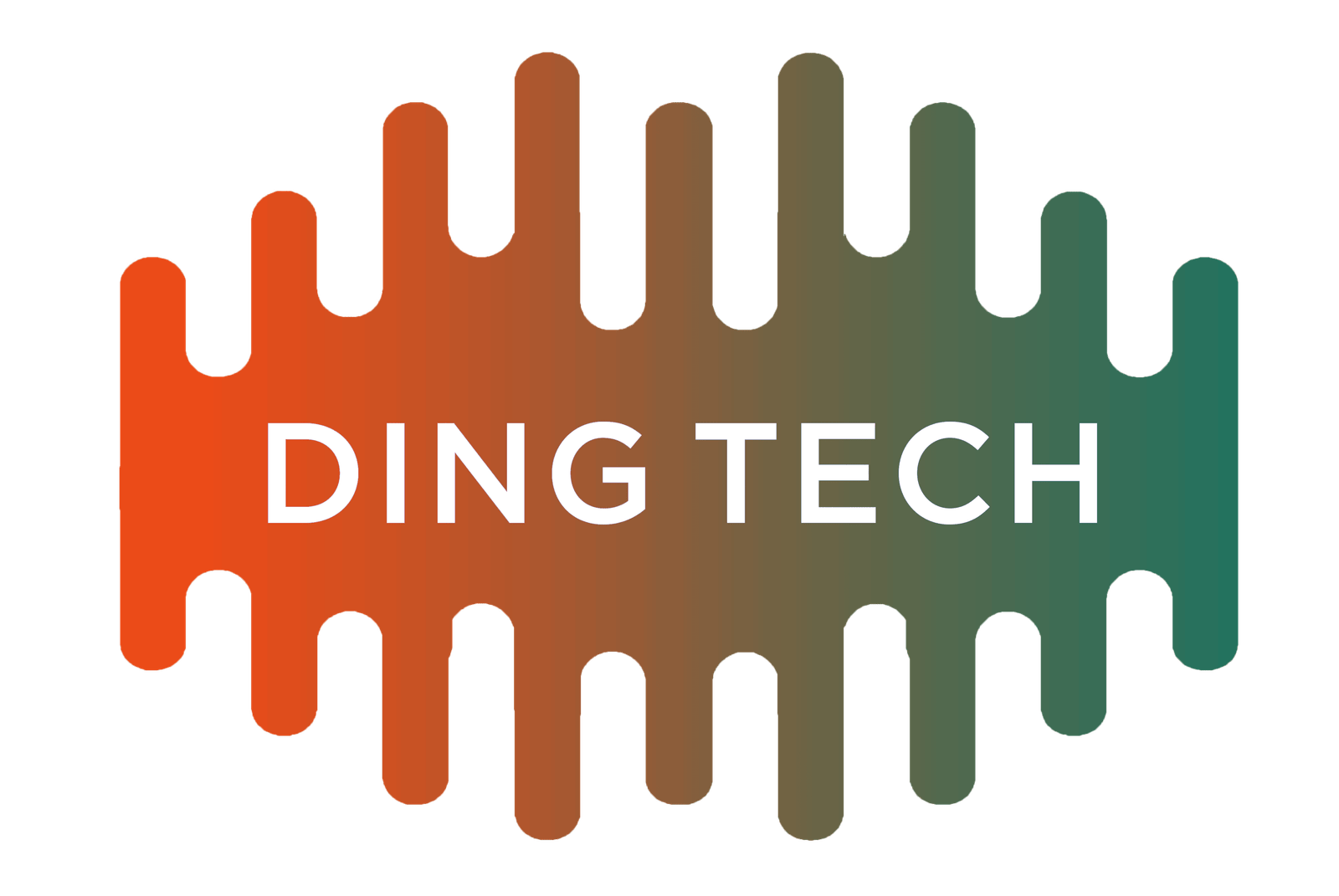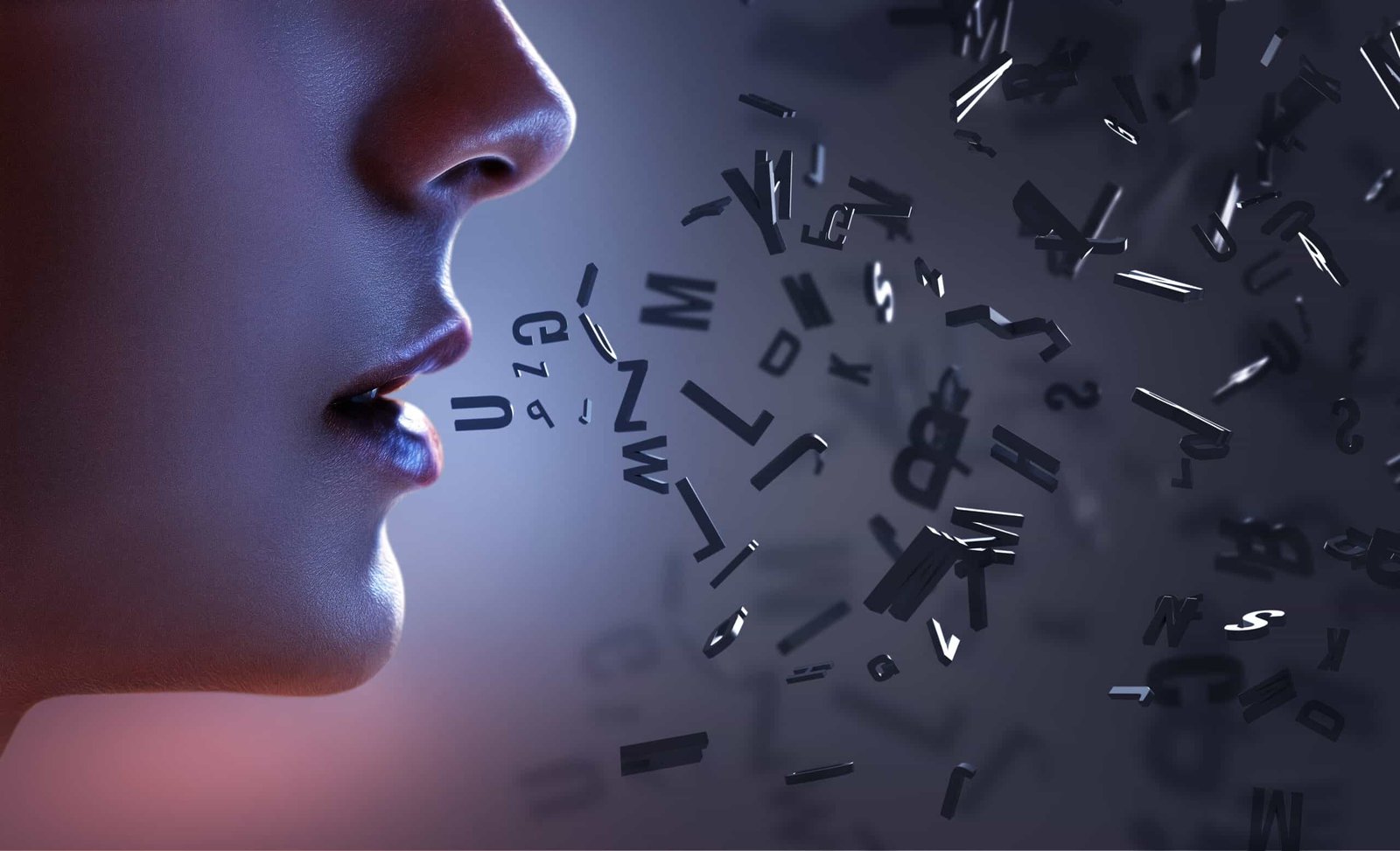In a world somewhat controlled by technology, it is no surprise to learn that it’s also impacting and evolving the ways in which society communicates. Technology is starting to become very personalized, and it’s available at just a click of a few buttons on a handheld device. What this highlights is the accessibility of communication technologies that can support and manipulate the way in which information is accessed and received. Society is mediated daily by different sounds and voice waves, with text-to-speech being at the forefront of this. Text-to-speech (TTS) generates synthesized speech from text.
Dingtech is an expert in smart translation and is a leading professional language service provider, including leveraging text-to-speech (TTS) technologies. We are trusted by global brands and businesses in leveraging innovative solutions.
Let’s expand on this by:
- Understanding text-to-speech technology and its overall concept
- The engine behind the text-to-speech revolution
- The Dingtech text-to-speech process
Let’s begin.
What Do We Mean By TTS Technology?
Text-to-speech (TTS) technology is a branch of computer science that reads digital text out loud. TTS technology ingests words, or text converts it and outputs it as audible speech. Its formerly known as speech synthesis, a process where information is comprehended through the sound of a human voice instead of focusing on identifying the output on the screen.
The technology is trained accordingly to record and learn the text input, with natural sound waves being returned as if it’s a human speaking. The voice in TTS technology is computer generated and can be controlled in terms of the speed at which the text is voiced out loud. The prime focus of TTS technology is on the output definition, not specifically on the style of content. How the speech is produced can be changed to output speech at a certain pitch and pronunciation.
TTS technology has been credited with improving linguistic understanding within the student classroom. For example, children who struggle with learning disabilities such as dyslexia and cognitive disability may require the output to be interpreted inappropriate language can help promote better academic performance.
TTS technology is already in existence. Here are some of the real-world use cases where TTS is used:
- Smart Home Devices – Runs on the Internet of Things (IoT) typically deployed in Smart TV’s, Smart Applications, Home Security and as an Independent Voice Assistant
- Voice Guidance and Navigation – Supporting route understanding and leading drivers when driving.
- Virtual Assistants – Such as Siri and Alexa that interprets audio speech units and produces an output to a request.
- Conversational IVR Systems – Customer service call centres with conversational AI.
Educational Purposes For Children – TTS has been a revelation for children with learning disabilities that makes it challenging for them to read text on a screen. Visual and audio-based technologies allow children to improve their vocabulary, academic and translational skills.
The Engine Behind TTS Technology
Text-to-speech (TTS) technology is enabled by artificial intelligence and machine learning to perform human-like speech as an output. The TTS engine converts the written text units into an audio file which generates the text into audio sound through synthetic speech.
Synthetic speech is a computer-based creation that has two specific components within a text-to-speech engine:
- Natural Language Data Processing – Converting raw text into phonetic transcription and deriving cues from the text.
- Digital Signal Processing – Converting the phonetic transcription into an audio output derived by the computer device.
Dingtech’s text translation services leverage both components to adjust the nuance, tone, and style of the audio sound translation so the response has a human-like voice response. During its process, the text-to-speech engine searches for speech units that match input text and correlate them together to ensure accurate output. The technology is integrated with a variety of document types such as web pages, books and documents. Each of these document types is considered text.
The Text To Speech Process
Expanding on the engine, below addresses and outlines the three significant steps performed as part of the process of inputting text and translating it into audio speech.
Step 1 – Structure Data For Processing
Dingtech accepts all kinds of content such as technical documents, product documentation, manuals, legal documents, presentations, catalogues, user guides and other training material. The process at Dingtech begins with pre-audio transcription analysis. This involves collating manuscripts provided by customers from any source of content which contains thousands of unrelated sentences.
The collated sentences are structured, processed, and converted accordingly into natural language data. All sentences are unrelated but can be prepared to convert to output into a variety of individual languages. The preparation involves editing and proofreading the text to identify any grammar and spelling mistakes and inconsistent wording structures.
Step 2 – Assigning Speakers To Customer Requests
Each output is assigned a corresponding speech persona to audio-respond the sentencing transcript. The process involves recording professional native speakers, invited and selected to record the customer request. Every utterance is split and labelled individual units such as syllables and words. This technique is called Unit Selection Synthesis (USS), a process where the speech is ‘glued’ together to produce a high-quality synthetic speech.
USS was performed by inviting and selecting a corresponding number of native speakers to record the customer request. Our experienced native speakers perform a repeated process of transcribing the text into audio, which is repeated until the request is fulfilled. The sound transcript takes into account patterns of language, pronunciation and style. Each word or syllable is optimized and labelled with annotations, or mark-ups, through machine learning. These annotations are mapped to each syllable and word as part of the manuscript as preparation for processing into the engine. The audio outputs are assessed before a selection process is performed and assigned to the transcript.
Step 3 – Processing And Pronouncing The Human Output
Upon marking the manuscript, the engine will recognize the marked manuscript. The manuscript is then processed as a human voice and is converted into language data through automatic speech recognition (ASR). Our technology involves the use of sophisticated natural-language generation (NLG), used to interpret and structure the manuscript, accordingly, perform sentencing combination, apply the grammatical rules before being formerly presented as sound output within understandable human language. All outputs are regularly played back for accuracy and enhancement purposes, such as ensuring the rich quality of sound and reducing background noise.
Conclusion
The technology at Dingtech is designed to perform over 180 languages and deliver an efficient audio transcription output. With over 1500 professional translation experts who are fluent and skilled in various accents, the Dingtech process is efficient and acute in the minimal detail that ensures that audio output is fluent, complete, and crystal sharp. Dingtech is technology-driven, and we’ve invested in the most modernized and up-to-date applications that help to deliver high-quality outputs and a complete project.
Was this article useful to you?
0 / 5. 0
很抱歉,这篇文章对您没有用!
让我们改善这篇文章!
告诉我们我们如何改善这篇文章?









